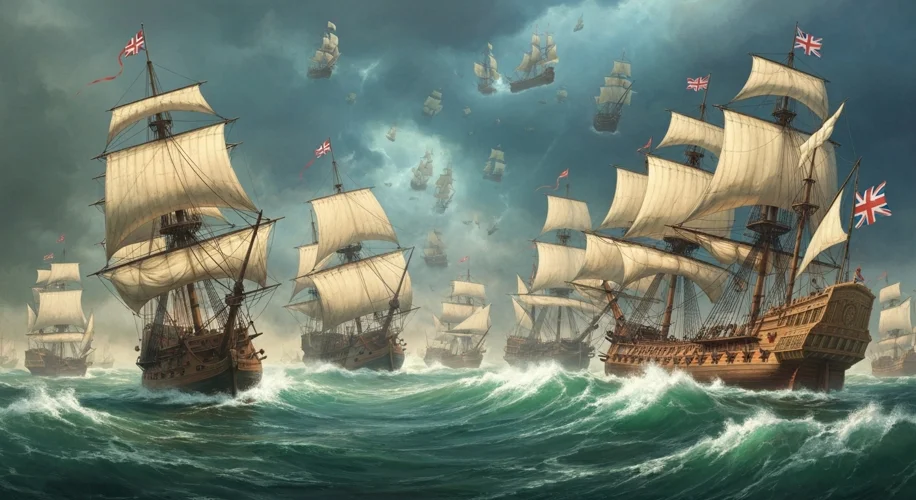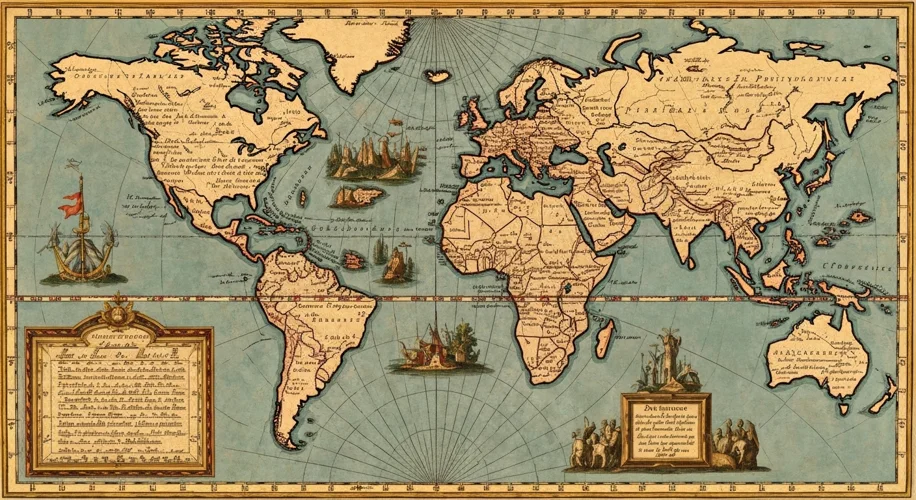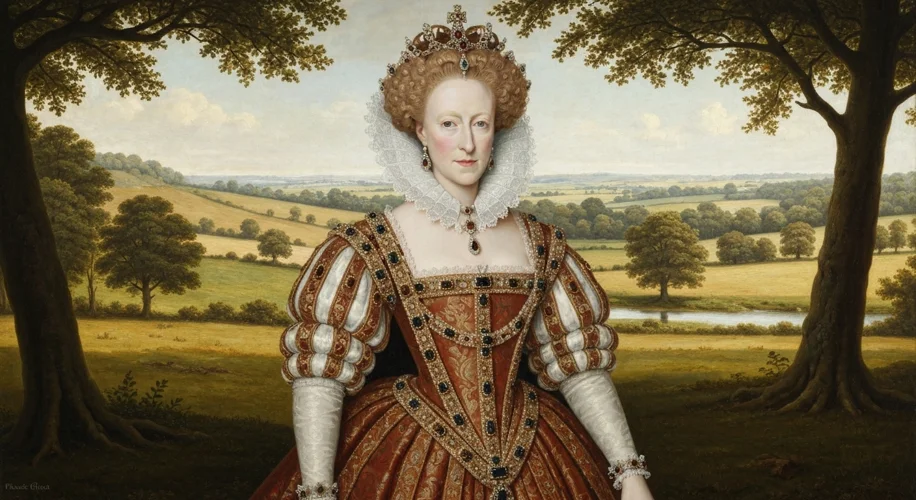The year is 1558. England, a nation fractured by religious strife and teetering on the brink of foreign invasion, held its breath. On November 17th, a young woman, barely out of her teens, ascended to the throne. This was Elizabeth I, a monarch whose 44-year reign would transform England into a global power and usher in an era of unparalleled cultural and political flourishing – the Elizabethan Age.
Elizabeth inherited a kingdom deeply divided. Her Protestant half-sister, Mary I, had ruthlessly persecuted Protestants, leaving a bitter legacy of animosity. Across the Channel, Catholic Spain, under the formidable Philip II, posed a constant threat, viewing England as a heretical nation ripe for conquest. Furthermore, Elizabeth herself was illegitimate in the eyes of many Catholics, with Mary, Queen of Scots, a Catholic claimant, lurking in the wings.

Elizabeth, a woman of sharp intellect and a keen understanding of political theatre, immediately set about navigating these treacherous waters. Her religious settlement, established in 1559, sought a middle way, a via media that aimed to appease both moderate Catholics and Protestants. This delicate balancing act, while not satisfying extremists on either side, provided a much-needed period of relative religious stability. She famously declared she had no desire to “make windows into men’s souls,” a testament to her pragmatic approach to religious division.
But Elizabeth’s reign was far from a period of quiet contemplation. The looming threat of Spain culminated in the attempted invasion by the Spanish Armada in 1588. This was a moment of existential peril for England. Philip II, spurred by a desire to restore Catholicism and angered by English support for Dutch rebels and privateers like Sir Francis Drake, assembled an “Invincible Armada” of over 130 ships. The stakes could not have been higher. England’s fate hung precariously in the balance.
What followed was a testament to English naval prowess, strategic brilliance, and no small measure of good fortune. Drake and his captains, employing innovative tactics and faster, more maneuverable ships, harried the Spanish fleet. The English fireships at Calais sowed chaos, breaking the Armada’s formation. Then, a series of storms, what the English attributed to divine intervention – “God blew, and they were scattered” – shattered the remaining Spanish fleet as it attempted to sail around Scotland and Ireland. The defeat of the Armada was a monumental victory, boosting English morale and national pride immeasurably, and marking a significant shift in the balance of naval power in Europe.

Beyond the military and political arenas, the Elizabethan era witnessed an extraordinary explosion of creativity and discovery. The arts flourished under royal patronage and a growing sense of national identity. William Shakespeare, the Bard of Avon, produced his timeless plays, exploring the depths of human nature with unparalleled brilliance. Christopher Marlowe, Edmund Spenser, and Sir Philip Sidney also contributed to a rich literary landscape. This was an age of poetry, drama, and song, reflecting a nation finding its voice.
Exploration and overseas ventures also defined the era. Men like Sir Francis Drake circumnavigated the globe, bringing back not only riches but also a wider understanding of the world. Walter Raleigh’s attempts to establish colonies in North America, though ultimately unsuccessful, laid the groundwork for future English expansion. These voyages were driven by a thirst for adventure, a desire for trade, and a burgeoning imperial ambition.

Elizabeth I herself was a master of propaganda and self-presentation. She cultivated the image of the “Virgin Queen,” married to her kingdom, a powerful symbol of national unity and strength. Her carefully crafted speeches, her dazzling court, and her public appearances all contributed to her legend. She understood that in a world where monarchy was often tied to divine right, her personal image was a crucial political tool.
The legacy of Elizabeth I is profound. She steered England through a period of immense danger, secured its Protestant identity, and laid the foundations for its future imperial might. The cultural achievements of her reign continue to inspire, and her image as a strong, capable female ruler remains iconic. The Elizabethan Age was not merely a period of stability; it was a crucible in which modern England was forged, a testament to the vision and resilience of its most famous queen.

